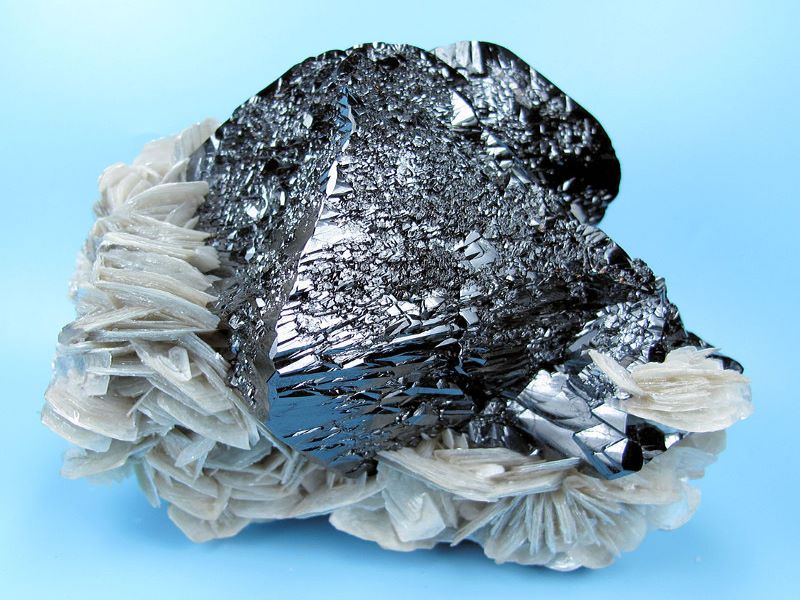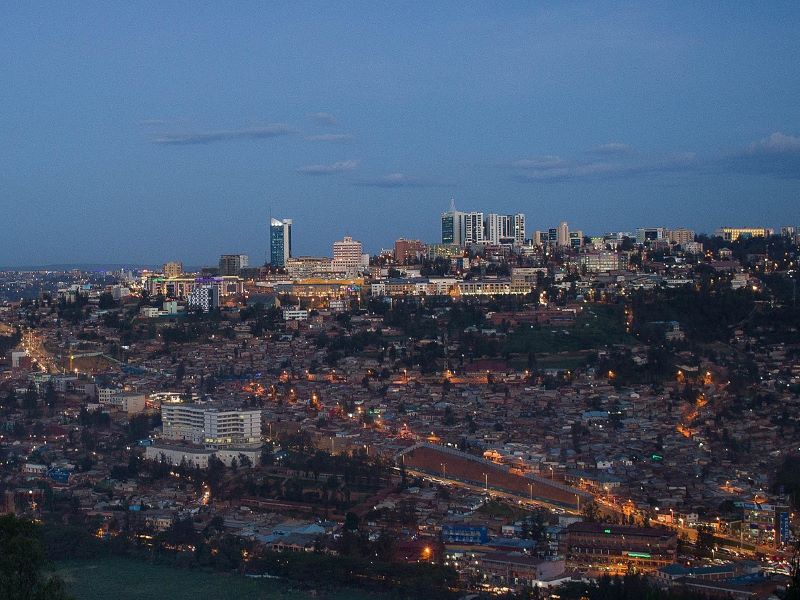The Rutongo Mines comprise five underground tin mines namely, Gisanze, Masoro, Nyamyumba, Gasambya and Mahaza in the Rutongo area of Rwanda that hosts one of the biggest cassiterite deposits in Africa.
The Rutongo tin mines are operated by TINCO, the biggest tin and tungsten producer in Rwanda. TINCO has a 75% equity interest in the Rutongo tin mining operation while the remaining 25% is held by the Government of Rwanda.
TechMet, a private industrial company based in Ireland, owns a 25% stake in TINCO and has the option of controlling its tin and tungsten mining operations in Rwanda by fully financing an expansion programme to increase the production capacity and slash the operating costs.
Project background
The cassiterite extraction in the Rutongo area began as early as 1931, while the tin ore from the mine was exported at a rate of 800 tonnes per annum (tpa) in the 1940s.
Project Gallery
-

The Rutongo tin mines comprise five underground cassiterite mines in the Rutongo area of Rwanda. Image courtesy of CarlesMillan.
-

The Rutongo mines are located approximately 26km north of the capital city of Kigali in Rwanda. Image courtesy of Adrien K.
-

The Rutongo underground mines currently produce up to 100 tonnes of tin per month. Image courtesy of Daniel Mennerich.
Originally developed by a Belgic mining company, Rutongo became the biggest producer of tin concentrates in Rwanda by the 1950s.
The Rwandan government nationalised the tin mine in 1986 that led to the rapid decline in production due to the lack of investments. It resulted in the closure of the mine in 1994.
Mining resumed with the reopening of the Rutongo mine as a diggers' co-operative in 1995.
It was in 2008 that the mine was privatized by the Rwandan Government and the operating entity Ruddington Services (now TINCO) also entered the privatisation process.
TINCO was granted a 25-year mineral exploitation license for the Rutongo mining concession by the Rwandan Government in January 2015.
Project location and geology
The Rutongo tin mines are located approximately 26km north of the capital city of Kigali in Rwanda.
The Rutongo area is located on the Rutongo anticline, bordered by the Yanza syncline to the west and the Nzoko-Rwamahili syncline to the east by.
The Rutongo area is dominated by mesoproterozoic rocks belonging to the lower and middle part of the Rwanda Supergroup.
The mesoproterozoic rocks consist of a succession of low grade metamorphosed quartzite units, separated by large packages of metapelites with intercalations of quartzite.
Mineralisation and reserves
The Rutongo tin mines are estimated to contain approximately 54,000 tonnes (t) of recoverable tin.
The primary mineralisation in the Rutongo is associated with cassiterite hosted within the mineralised quartz veins occurring in sub-parallel swarms and restricted to the quartzite units.
With an average vein width varying between 0.5m and 1m, the quartz veins are oriented in a north-south direction, dipping 60° towards the west.
Mining and processing operations
Underground mining at the Rutongo tin mines is carried out in eight mine shafts use conventional drilling and blasting techniques. The ore extraction is done manually and is assisted by the use of underground trains, bobcat loaders, and onsite excavators.
The mechanised crushers are used to break the tin bearing rocks and further refined onsite with the use of short sluices and panning. The ore is then bagged at the sub-site and dried on open fires before being weighed and evaluated for quality.
The ore is then trucked to the mechanised processing plants consisting of shaking tables, jigs, and classifiers for initial processing.
The processed ore is transported in 500kg sacks by road to Dar-es-Salaam in Tanzania for shipping to Asia.
The Rutongo underground mines currently produce up to 100 tonnes of ore a month grading 71% tin concentrates. The monthly production capacity is expected to be increased to 250t with subsequent development programmes.
